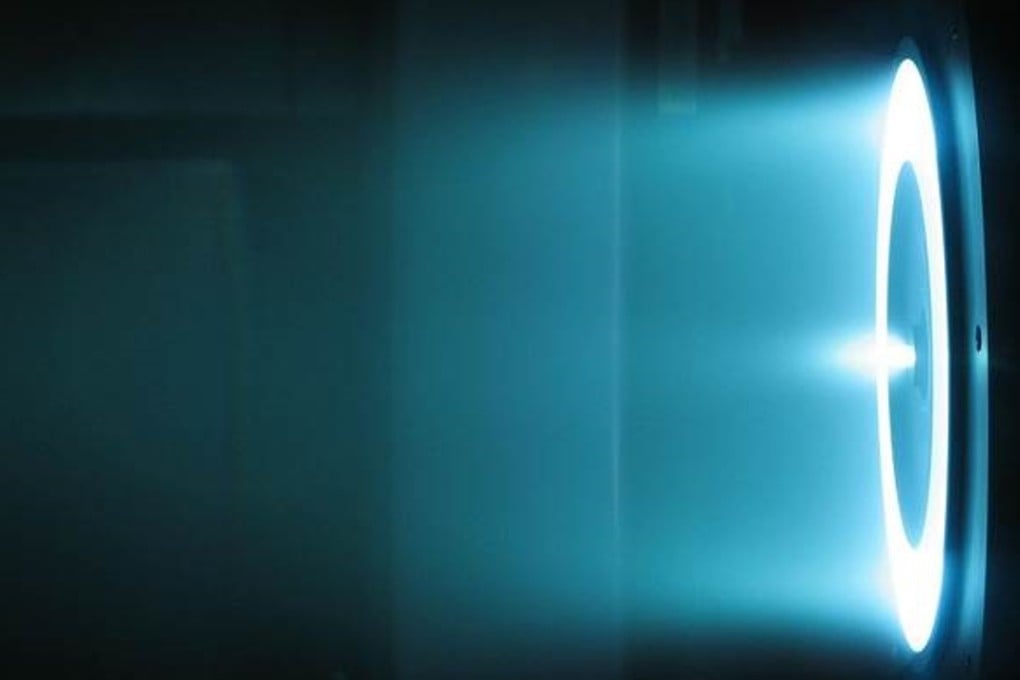Electric vehicles in deep space: China hails its new ion thruster for rockets as the world’s best
State media says new-generation propulsion device will improve the mobility and lifespan of China’s space assets, adds that Hall-effect thruster has already been delivered to Chinese customers in the industry

China has finished building the world’s most powerful ion thruster and will soon use it to improve the mobility and lifespan of its space assets, according to a state media report this week.
Researchers at the 502 research institute, which operates under the China Aerospace Science and Technology Corp. in Beijing, have delivered a new-generation Hall-effect thruster unit to Chinese customers in the space industry, the report by the Science and Technology Daily stated.
The machine will outperform all of the ion thrusters used on satellites or spacecraft that are currently in use, it added. The daily is run by the Ministry of Science and Technology.
Unlike most rocket engines which burn chemicals, ion thrusters use electricity collected by solar panels for fuel. These are then used to create an electromagnetic field to produce thrust.
In the Hall thruster - a popular kind of ion thruster - this electromagnetic field transforms propellant materials such as xenon into fast-moving ions, or particles with either a positive or negative charge.
As the ionised particles escape from the aircraft, they generate a force moving in the other direction.